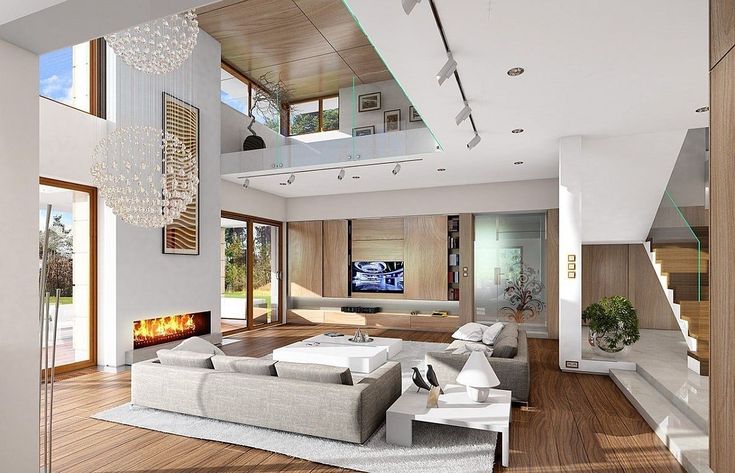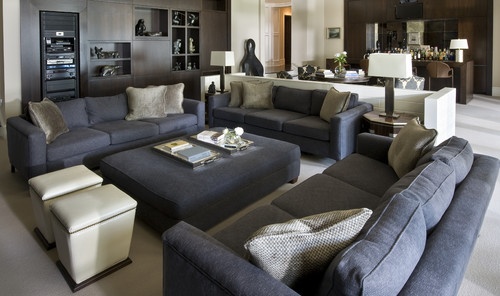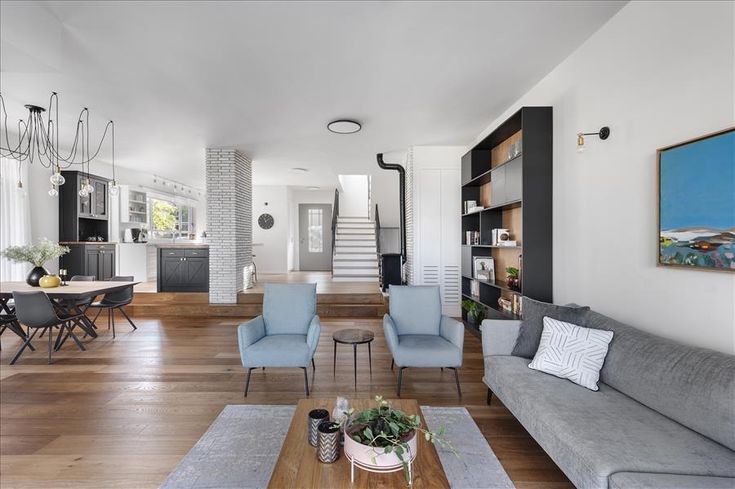Feng Shui Tips for Living Room Furniture Placement
Feng Shui Tips for Living Room Furniture Placement – The living room is the heart of any home, a space where family members gather, guests are entertained, and memories are made. Incorporating Feng Shui principles into your living room furniture placement can create a harmonious and inviting environment that fosters positive energy, or “Chi.” In this guide, we’ll explore how to arrange your living room furniture to enhance balance, comfort, and flow while adhering to Feng Shui principles.
Understanding the Basics of Feng Shui
Feng Shui is an ancient Chinese practice that seeks to harmonize individuals with their surrounding environment. It focuses on the flow of energy through a space and uses specific design principles to encourage balance and prosperity. In the context of a living room, Feng Shui aims to optimize the flow of Chi to create a welcoming and nurturing atmosphere.
Key Elements of Feng Shui
- The Bagua Map: A tool used in Feng Shui to analyze energy in a space. Each area of the map corresponds to a specific life aspect, such as wealth, health, or relationships.
- The Five Elements: Wood, fire, earth, metal, and water are essential to Feng Shui. Balancing these elements in your living room can enhance harmony.
- Yin and Yang: The concept of opposites in balance. For instance, soft and hard surfaces or light and dark colors can create a pleasing equilibrium.
The Main Components of Feng Shui Living Room Furniture Placement
1. Position the Sofa Strategically
The sofa is typically the focal point of the living room. According to Feng Shui, the ideal sofa placement is against a solid wall for support and stability. This position symbolizes security and protection. Avoid placing the sofa directly in line with the front door, as this can disrupt the flow of Chi.
If placing the sofa against a wall isn’t possible, use a console table or tall plants behind it to mimic the support of a wall.
2. Create a Commanding Position
The commanding position in Feng Shui means having a clear view of the main entry point while not being directly in line with it. This allows you to feel secure and in control of the space. Arrange your primary seating, such as the sofa or favorite chair, so it faces the door but is slightly off-center.
3. Encourage Good Energy Flow
Leave sufficient space between furniture pieces to allow Chi to flow freely. Avoid overcrowding the room, as cluttered spaces can block energy and create a sense of chaos. Ensure that pathways are clear and accessible.
4. Choose the Right Coffee Table
The coffee table should complement the shape and size of the seating area. Round or oval tables are preferable in Feng Shui because they promote smoother energy flow compared to sharp-edged rectangular tables. Ensure the table is proportionate to the seating area and doesn’t overpower the space.
5. Incorporate Symmetry
Symmetry promotes balance, a core principle of Feng Shui. Pairing furniture pieces, such as matching armchairs or table lamps, can create a harmonious arrangement. However, ensure the room doesn’t feel overly rigid; balance symmetry with some asymmetrical elements for a natural look.
6. Position the TV Thoughtfully
In modern homes, the TV often becomes a central feature. In Feng Shui, it’s essential to position the TV so it doesn’t dominate the space. Place it at a comfortable viewing height and avoid reflective screens that might bounce Chi around the room. Incorporate a cabinet or console to neatly store related electronics, reducing visual clutter.
7. Optimize Lighting
Lighting is crucial in Feng Shui as it influences the energy of a room. Use a mix of natural light, overhead fixtures, and task lighting to create a balanced atmosphere. Mirrors can be strategically placed to reflect light and amplify positive energy, but avoid positioning them where they directly reflect the front door or seating area.
Color and Material Choices in Feng Shui
1. Choose Harmonious Colors
Colors in Feng Shui are tied to the five elements and can influence the energy of a room:
- Wood: Green and brown for growth and vitality.
- Fire: Red, orange, and pink for passion and energy.
- Earth: Yellow and beige for stability and nourishment.
- Metal: White and gray for clarity and precision.
- Water: Blue and black for relaxation and depth.
Choose a color palette that aligns with your intentions for the living room—for example, soft earth tones for a grounding environment or light blues for a calming space.
2. Select Natural Materials
Incorporate furniture and decor made from natural materials like wood, stone, and cotton. These elements connect the living room to nature and promote a sense of balance and tranquility.
Adding Feng Shui Enhancements
1. Incorporate Plants
Plants symbolize growth and vitality. They purify the air and add life to the living room. Choose lush, healthy plants and avoid spiky or thorny varieties. Popular Feng Shui plants include the money tree, peace lily, and jade plant.
2. Use Art and Decor Intentionally
Select art and decor that evoke positive emotions and align with your aspirations. Avoid overly aggressive or chaotic imagery. Hang artwork at eye level and ensure it’s proportionate to the furniture and wall space.
3. Introduce Water Elements
Water represents abundance and flow in Feng Shui. Adding a small fountain or an aquarium can enhance the room’s energy. Ensure the water element is clean and well-maintained, as stagnant water can attract negative energy.
4. Incorporate Mirrors Wisely
Mirrors can expand a space and reflect light, enhancing the flow of Chi. However, be mindful of their placement. Avoid mirrors that face the front door, as they can push energy out of the home.
Common Feng Shui Mistakes to Avoid
- Clutter: Clutter disrupts energy flow and creates stress. Keep your living room tidy and organized.
- Sharp Corners: Avoid sharp furniture edges pointing toward seating areas, as they can create “poison arrows” that disrupt harmony.
- Blocked Pathways: Ensure pathways are clear to allow energy and people to move freely.
- Overemphasis on Technology: Balance modern technology with natural and traditional elements to maintain harmony.
Final Thoughts
Arranging your living room furniture according to Feng Shui principles doesn’t just create a visually pleasing space; it also enhances the energy flow, promoting harmony and well-being for everyone who uses the room. By combining thoughtful furniture placement, balanced design elements, and intentional decor, you can transform your living room into a sanctuary of positive energy and comfort.
Start implementing these Feng Shui tips today and experience the difference a harmonious living room can make in your life!






